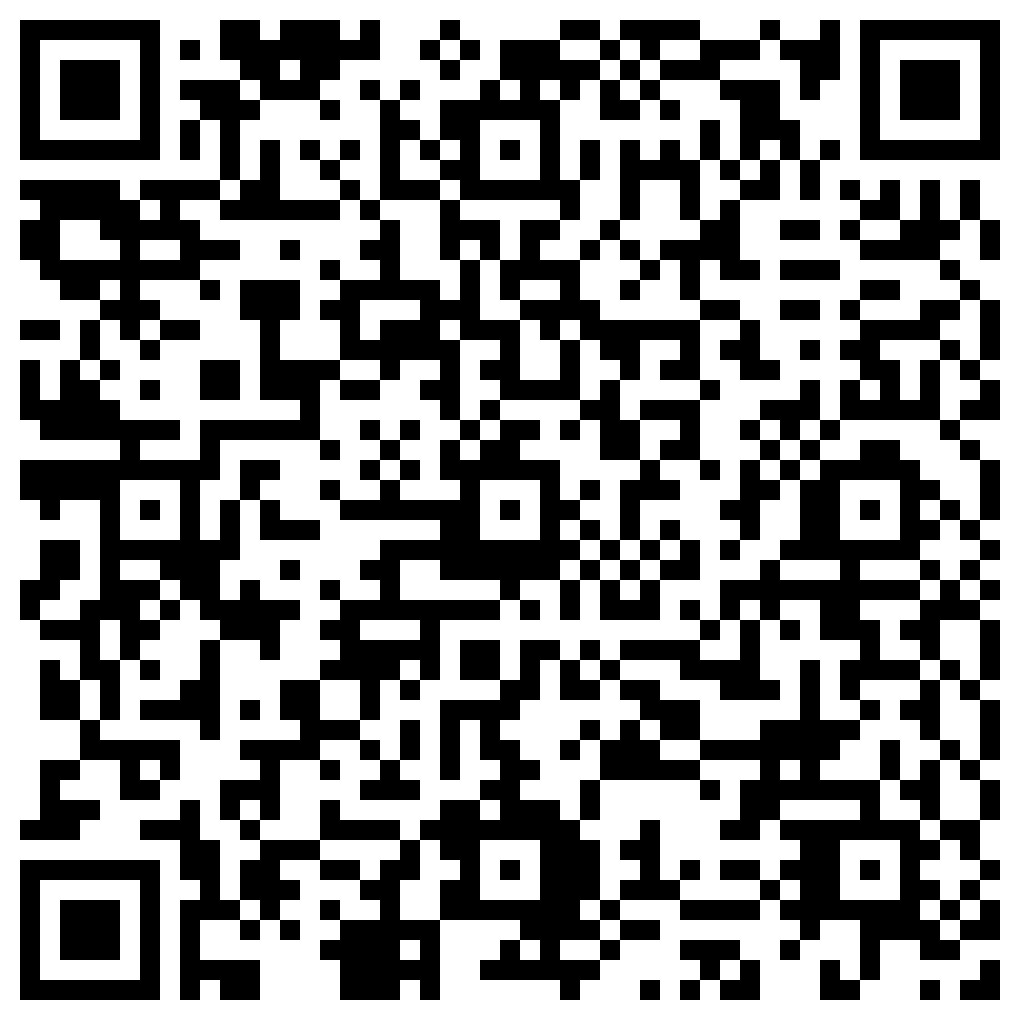HEEx
Conditional rendering
Read time: 11 minutes
Let's learn some ways to render HTML depending on certain conditions. Create and run a file called toggle.exs:
#Using if-else for simple cases
Mix.install([
{:liveview_playground, "~> 0.1.1"}
])
defmodule PageLive do
use LiveviewPlaygroundWeb, :live_view
def mount(_params, _session, socket) do
socket = assign(socket, show_information?: false)
{:ok, socket}
end
def render(assigns) do
~H"""
<div>
<%= if @show_information? do %>
<p>You're an amazing person!</p>
<% else %>
<p>You can't see this message!</p>
<% end %>
</div>
<input type="button" value="Toggle" phx-click="toggle" >
"""
end
def handle_event("toggle", _params, socket) do
socket = assign(socket, show_information?: !socket.assigns.show_information?)
{:noreply, socket}
end
end
LiveviewPlayground.start()
Let's break down this code. The only assign we have here is called show_information? with an initial value of false. The "toggle" event sent by the input simply reverses the value between true and false. What's really new here is our if-else block.
Question mark in the middle of the code? Is that even possible?
if @show_information? elegant?
Inside a LiveView you can do an if-else as follows:
-
Add a
<%= if condition do %>. It is important that you use the tag that contains=otherwise HEEx will understand that this should not be rendered! - Write any HTML that will be in the case that should be rendered.
-
Add an
<% else %>. Note that there is no=this time. If you add it, the code continues to work but a warning will ask to remove it. -
Write any HTML for the
elsecase. -
Add a
<% end %>. Again, without=.
If you don't want to show an else case there are two ways to do this. The first is simple: just remove the <% else %> and its contents! Create and run a file called toggle_without_else.ex:
Mix.install([
{:liveview_playground, "~> 0.1.1"}
])
defmodule PageLive do
use LiveviewPlaygroundWeb, :live_view
def mount(_params, _session, socket) do
socket = assign(socket, show_information?: false)
{:ok, socket}
end
def render(assigns) do
~H"""
<div>
<%= if @show_information? do %>
<p>You're an amazing person!</p>
<% end %>
</div>
<input type="button" value="Toggle" phx-click="toggle" >
"""
end
def handle_event("toggle", _params, socket) do
socket = assign(socket, show_information?: !socket.assigns.show_information?)
{:noreply, socket}
end
end
LiveviewPlayground.start()
#The special attribute :if
For cases where you only have if, HEEx has a special attribute called :if that you can place directly in the HTML tag. Create and run a file called toggle_special_if.exs:
Mix.install([
{:liveview_playground, "~> 0.1.1"}
])
defmodule PageLive do
use LiveviewPlaygroundWeb, :live_view
def mount(_params, _session, socket) do
socket = assign(socket, show_information?: false)
{:ok, socket}
end
def render(assigns) do
~H"""
<div>
<p :if={@show_information?}>You're an amazing person!</p>
</div>
<input type="button" value="Toggle" phx-click="toggle" >
"""
end
def handle_event("toggle", _params, socket) do
socket = assign(socket, show_information?: !socket.assigns.show_information?)
{:noreply, socket}
end
end
LiveviewPlayground.start()
At the moment there is no special attribute for else so if you only need if it is recommended to use :if when you can put it in a parent tag of the things that enter the condition, otherwise use the first example with if-else as shown above.
#Using case for complex cases
It's only a matter of time before you end up in a situation where there are more than two possibilities for rendering something. Elixir does not support else if and for good reason: the preference is case which is much more powerful!
Let's create a simple tab system in LiveView. Create and run a file called case.exs:
Mix.install([
{:liveview_playground, "~> 0.1.1"}
])
defmodule PageLive do
use LiveviewPlaygroundWeb, :live_view
def mount(_params, _session, socket) do
socket = assign(socket, tab: "home")
{:ok, socket}
end
def render(assigns) do
~H"""
<div>
<%= case @tab do %>
<% "home" -> %>
<p>You're on my personal page!</p>
<% "about" -> %>
<p>Hi, I'm a LiveView developer!</p>
<% "contact" -> %>
<p>Mail me to bot [at] company [dot] com</p>
<% end %>
</div>
<input disabled={@tab == "home"} type="button" value="Open Home" phx-click="show_home" />
<input disabled={@tab == "about"} type="button" value="Open About" phx-click="show_about" />
<input disabled={@tab == "contact"} type="button" value="Open Contact" phx-click="show_contact" />
"""
end
def handle_event("show_" <> tab, _params, socket) do
socket = assign(socket, tab: tab)
{:noreply, socket}
end
end
LiveviewPlayground.start()
This time our assign became tab which can be a string between "home", "about" or "contact". Each input contains a phx-click="show_TAB_NAME" so our handle_event/3 will use pattern matching in Elixir to accept any event that starts with show_ and save the rest of the event name in a variable. Another simple but interesting bit in our code is that we use the HTML disabled property to prevent the button from being clickable if you are already on the correct tab.
Pattern matching?!
Now let's talk about what's important for this class: case. Just like if you need to start the conditional with <%= case (condition here) do %>, emphasis on = because without it nothing will be rendered. Since our condition passed to case was @tab, each condition will essentially check @tab == 'value'. For each condition we do an <% "expected value" -> %> (without the need for =) and end the block with <% end %>.
It is worth mentioning that in our case we handled all cases. What if we forget a possibility? Create and run a file called case_missing.exs:
Mix.install([
{:liveview_playground, "~> 0.1.1"}
])
defmodule PageLive do
use LiveviewPlaygroundWeb, :live_view
def mount(_params, _session, socket) do
socket = assign(socket, tab: "home")
{:ok, socket}
end
def render(assigns) do
~H"""
<div>
<%= case @tab do %>
<% "home" -> %>
<p>You're on my personal page!</p>
<% "about" -> %>
<p>Hi, I'm a LiveView developer!</p>
<% "contact" -> %>
<p>Mail me to bot [at] company [dot] com</p>
<% end %>
</div>
<input disabled={@tab == "home"} type="button" value="Open Home" phx-click="show_home" />
<input disabled={@tab == "about"} type="button" value="Open About" phx-click="show_about" />
<input disabled={@tab == "contact"} type="button" value="Open Contact" phx-click="show_contact" />
<input disabled={@tab == "blog"} type="button" value="Open Blog" phx-click="show_blog" />
"""
end
def handle_event("show_" <> tab, _params, socket) do
socket = assign(socket, tab: tab)
{:noreply, socket}
end
end
LiveviewPlayground.start()
In this example we added a new button to show a blog tab but we did not add a clause in our case to handle this value from our assign. When you click on "Open Blog" you should notice that your LiveView resets to its original state and an exception appears in your terminal:
07:18:46.498 [error] GenServer #PID<0.376.0> terminating
** (CaseClauseError) no case clause matching: "blog"
priv/examples/conditional-rendering/case_missing.exs:16: anonymous fn/2 in PageLive.render/1
(phoenix_live_view 0.18.18) lib/phoenix_live_view/diff.ex:375: Phoenix.LiveView.Diff.traverse/7
(phoenix_live_view 0.18.18) lib/phoenix_live_view/diff.ex:544: anonymous fn/4 in Phoenix.LiveView.Diff.traverse_dynamic/7
(elixir 1.16.1) lib/enum.ex:2528: Enum."-reduce/3-lists^foldl/2-0-"/3
(phoenix_live_view 0.18.18) lib/phoenix_live_view/diff.ex:373: Phoenix.LiveView.Diff.traverse/7
(phoenix_live_view 0.18.18) lib/phoenix_live_view/diff.ex:139: Phoenix.LiveView.Diff.render/3
(phoenix_live_view 0.18.18) lib/phoenix_live_view/channel.ex:833: Phoenix.LiveView.Channel.render_diff/3
(phoenix_live_view 0.18.18) lib/phoenix_live_view/channel.ex:689: Phoenix.LiveView.Channel.handle_changed/4
Last message: %Phoenix.Socket.Message{topic: "lv:phx-F8E02o_S_TzHVAEB", event: "event", payload: %{"event" => "show_blog", "type" => "click", "value" => %{"value" => "Open Blog"}}, ref: "13", join_ref: "12"}
State: %{socket: #Phoenix.LiveView.Socket<id: "phx-F8E02o_S_TzHVAEB", endpoint: LiveviewPlayground.Endpoint, view: PageLive, parent_pid: nil, root_pid: #PID<0.376.0>, router: LiveviewPlayground.Router, assigns: %{tab: "home", __changed__: %{}, flash: %{}, live_action: :index}, transport_pid: #PID<0.371.0>, ...>, components: {%{}, %{}, 1}, topic: "lv:phx-F8E02o_S_TzHVAEB", serializer: Phoenix.Socket.V2.JSONSerializer, join_ref: "12", upload_names: %{}, upload_pids: %{}}The message could not be more explicit! Let's analyze each piece:
-
The exception is
CaseClauseErrormaking it obvious that a case is missing. - The error message itself makes it clear that the missing case is called "blog".
-
If you look at "Last message" you can see that the event that caused the problem was
"show_blog". This makes it easier for you to understand which part of your LiveView initiated the problem so that you can reproduce locally and handle the error.
To add a default clause simply use the format <% _ -> %>. In Elixir the _ in the context of pattern matching means "anything". We could add default content like <p>Tab does not exist</p>.
What to do when we don't know how to handle all cases?
#Condition chains with cond
In the previous example we used case to compare the exact value of the @tab variable in each clause. If you need to render something based on a condition that does is not about equality, cond is perfect for this. Create and run a file called cond.exs:
Mix.install([
{:liveview_playground, "~> 0.1.1"}
])
defmodule PageLive do
use LiveviewPlaygroundWeb, :live_view
def mount(_params, _session, socket) do
socket = assign(socket, temperature_celsius: 30)
{:ok, socket}
end
def render(assigns) do
~H"""
<div>
Current temperature: <%= @temperature_celsius %>C
</div>
<div>
<%= cond do %>
<% @temperature_celsius > 40 -> %>
<p>🔥 Impossible to live 🔥</p>
<% @temperature_celsius > 30 -> %>
<p>Its hot</p>
<% @temperature_celsius > 20 -> %>
<p>Kinda cool</p>
<% @temperature_celsius > 10 -> %>
<p>Chill</p>
<% @temperature_celsius > 0 -> %>
<p>Chill</p>
<% true -> %>
<p>❄️⛄️</p>
<% end %>
</div>
<input type="button" value="Increase" phx-click="increase" />
<input type="button" value="Decrease" phx-click="decrease" />
"""
end
def handle_event("increase", _params, socket) do
socket = assign(socket, temperature_celsius: socket.assigns.temperature_celsius + 10)
{:noreply, socket}
end
def handle_event("decrease", _params, socket) do
socket = assign(socket, temperature_celsius: socket.assigns.temperature_celsius - 10)
{:noreply, socket}
end
end
LiveviewPlayground.start()
In the next example we manage the temperature in degrees Celsius increasing/decreasing by 10. The really important part of the code is precisely our conditional. Once again we notice that only the first tag has = while the others do not. The first difference between cond and case is that in cond you always start with cond do without passing anything different, the conditions are independent and may well use different variables.
Each cond clause follows the predicate format (an expression that returns true or false) and the first condition that is true ends the flow and renders its corresponding HTML. As the order of checking the clauses is from top to bottom we do not need to do checks like @temperature_celsius > 30 && @temperature_celsius < 40 -> because if the condition @temperature_celsius > 40 -> did not return true we already know that in the second clause we already have a temperature below 40. Unlike case, to add a standard clause we added true -> at the end because as true is hardcoded and this is the last clause it will always end there.
#Recap!
-
For
if-elsesituations you must explicitly use the<%= if condition do %>and<% else %>blocks. -
For
ifonly situations you can use the<%= if condition do %>block format or the special HEEx attribute:if={condition}in an HTML tag. -
For multiple comparisons of a value you can use
<%= case value do %>. -
For multiple conditions that don't just involve comparing whether a value is equal to something you can use
<%= cond do %>. -
In all cases, the first tag will always need
=and the others do not need it. If you add=to the other tags, LiveView will generate warnings but everything will work normally. -
If in the first tag you do not add
=the HTML code will not be rendered.
Feedback
Got any feedback about this page? Let us know!

